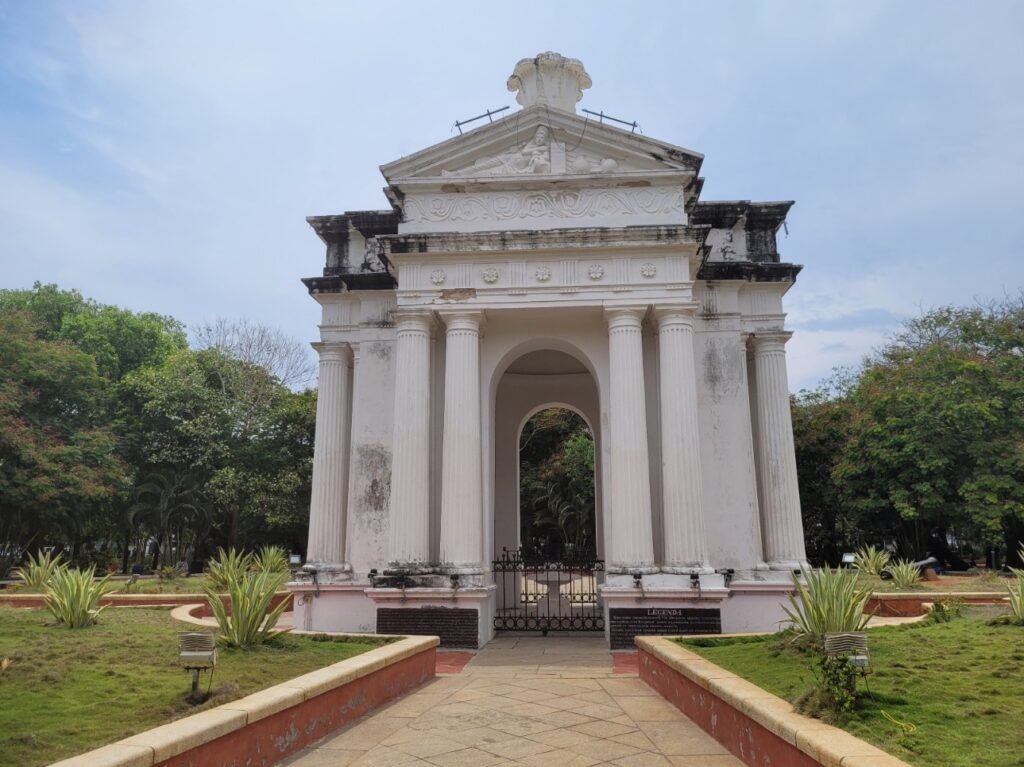Pondicherry—or Puducherry, as it’s officially known—has always felt like a secret whispered between travelers. A small coastal town on India’s southeastern shore, it’s a place where the past lingers in the air, carried on the salty breeze from the Bay of Bengal. While the town has many faces, from its bustling markets to its serene ashrams, it’s the White Town that captures the imagination most vividly.
This colonial quarter, with its mustard-yellow facades, bougainvillea-draped walls, and French street names, feels like a slice of Europe dropped into tropical India. On a recent trip, I decided to explorePondicherry’s White Town on foot, letting the streets guide me through a story that spans centuries. Here’s what I discovered on my walking tour—a journey through history, architecture, and the quiet charm of a town that refuses to rush.
Post Contents
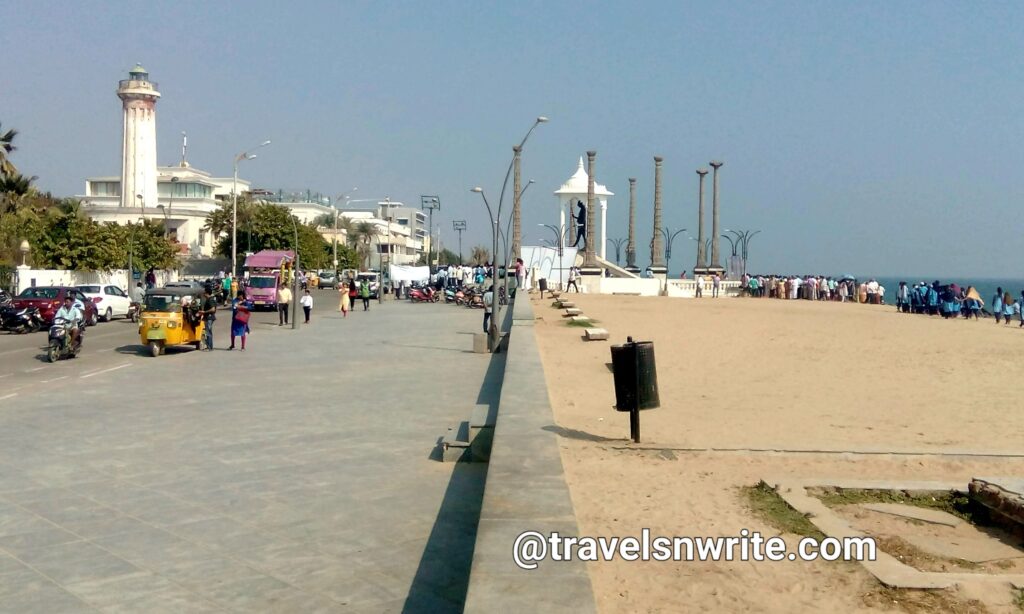
Starting at the Seafront: The Promenade
My walk began at the Rocky Beach Promenade, the natural entry point to White Town. The sun was just rising, casting a golden glow over the waves that crashed against the dark boulders lining the shore. The Promenade, officially called Goubert Avenue, stretches for about a kilometer and a half, a wide, car-free walkway that’s the heartbeat of Pondicherry’s coastal life. In the early morning, it was quiet save for the rhythmic sound of the sea and the occasional jogger or yoga enthusiast greeting the day.
I stood for a moment by the statue of Mahatma Gandhi, a towering figure surrounded by eight granite pillars, and took in the view. To my left, the French War Memorial glowed softly in the dawn light, its white arches a silent tribute to soldiers lost in World War I. To my right, the sea stretched endlessly, a reminder that this town has always been shaped by its connection to the water—first as a trading port for the French East India Company, then as a colonial outpost. And the old lighthouse is almost in front of the Mahatma Gandhi statue. The Promenade felt like the perfect prelude to White Town, a place where the past and present coexist effortlessly.
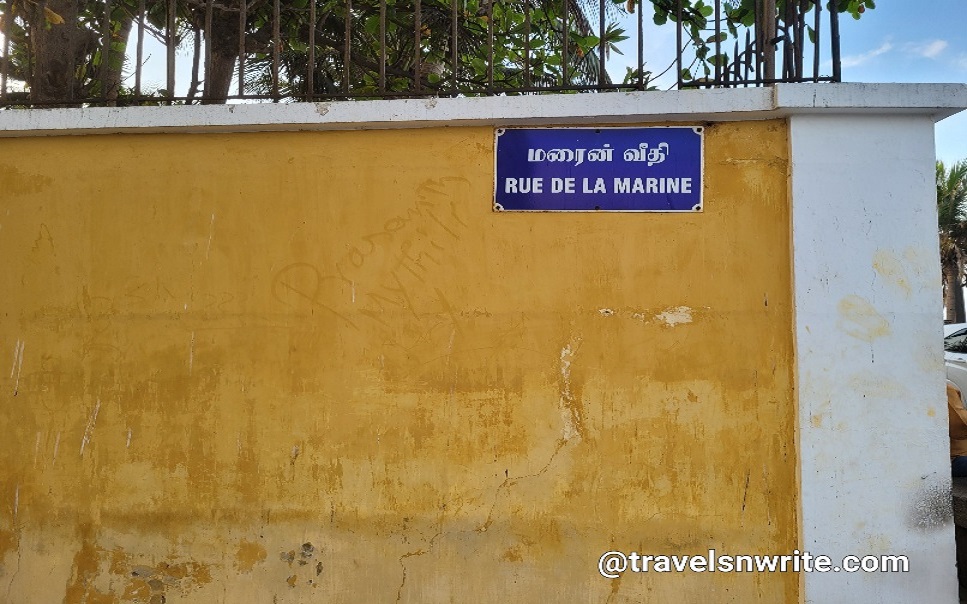
Stepping Into White Town: Rue de la Marine
Leaving the sea behind, I turned inland onto Rue de la Marine, one of the first streets that mark the boundary of White Town. Instantly, the atmosphere shifted. The noise of the modern world faded, replaced by the gentle hum of a town waking up. The street was narrow, lined with colonial buildings painted in shades of yellow, ochre, and white, their high walls punctuated by wooden shutters and wrought-iron balconies. Bougainvillea spilled over rooftops, adding bursts of pink and purple to the scene.
As I walked, I couldn’t help but feel transported. Pondicherry was a French colony from the 17th century until 1954, and White Town is where that legacy is most tangible. The street names—Rue de la Marine, Rue Dumas, Rue Romain Rolland—are all in French, etched onto blue plaques that could easily belong in a French village. Yet, the heat, the faint scent of jasmine, and the occasional autorickshaw rattling past reminded me I was still in India. It’s this fusion—French elegance meets Tamil vibrancy—that makes Pondicherry’s White Town so unique.
I paused to admire a particularly striking building: a two-story mansion with tall columns. Its walls were weathered, but the architecture spoke of grandeur—a remnant of the days when French administrators and wealthy merchants called this place home. I imagined the lives that once unfolded here: tea parties on verandas, the clink of wine glasses, the rustle of silk gowns. Today, many of such buildings have been repurposed into boutique hotels, cafes, or galleries, breathing new life into old bones.
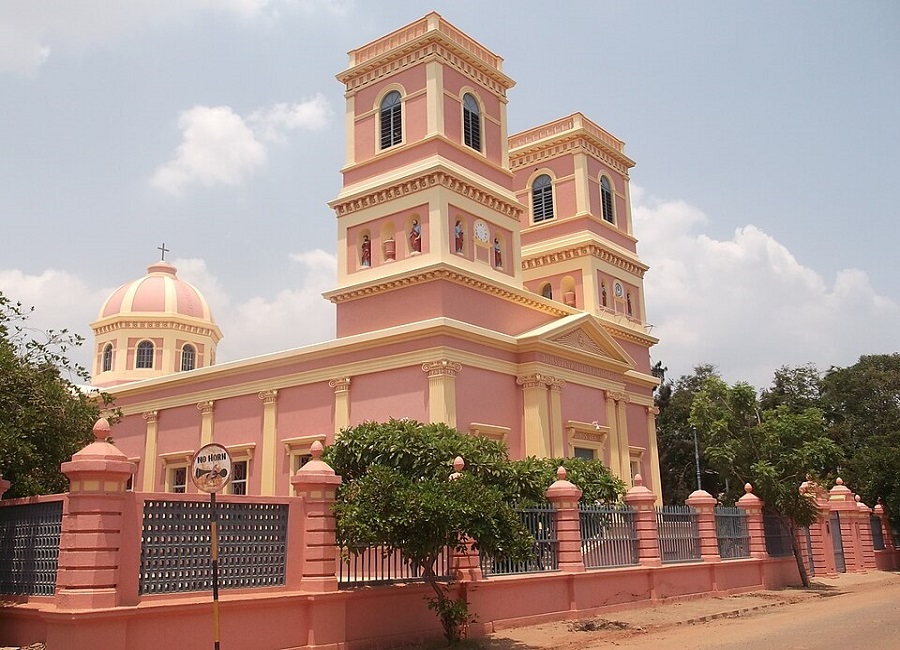
The Heart of White Town: Notre Dame des Anges
A few turns later, I found myself on Rue Dumas, standing before the Notre Dame des Anges church The Church of the Lady of our Angels). This pale pink structure, with its arched windows and twin bell towers, is one of the most iconic landmarks of Pondicherry’s White Town. Built in 1855 by French missionaries, it’s a rare example of a church designed in the Greco-Roman style, its facade both imposing and serene. I stepped inside, welcomed by the coolness of the interior and the soft light filtering through stained-glass windows.
The church was nearly empty, save for a few locals lighting candles. The wooden pews creaked under my weight as I sat for a moment, soaking in the stillness. The walls were adorned with paintings of saints, their colors faded but still vivid enough to tell their stories. Outside, a small courtyard held a statue of the Virgin Mary, her gaze fixed on the sky. I learned later that the church is still active, with masses held in Tamil, French, and English—a testament to Pondicherry’s multicultural soul.
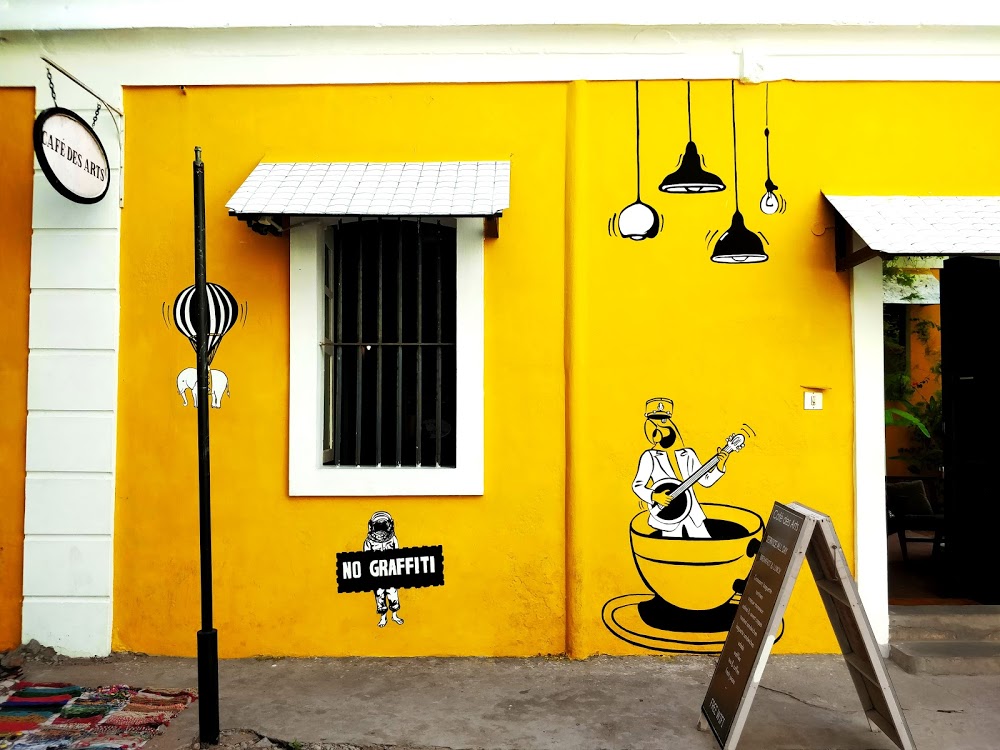
You may also like:Visiting The Magnificent Konark Sun Temple in Odisha
A Taste of France: Cafes and Bakeries
By mid-morning, the sun was climbing higher, and my stomach was rumbling. Pondicherry’s White Town is dotted with cafes that blend French flair with Indian hospitality, and I couldn’t resist stopping at one. I chose Café des Arts on Rue Suffren, a charming spot housed in a restored colonial building. The exterior was painted a cheerful yellow, with green shutters and a signboard that swung gently in the breeze. Inside, the decor was eclectic—vintage posters, mismatched furniture, and a chalkboard menu that promised pizzas, croissants, quiches, and filter coffee.
I ordered a buttery croissant and a cup of coffee, settling into a seat by the window. The croissant flaked apart perfectly, a reminder of France, while the coffee—served in a steel tumbler—was unmistakably South Indian. As I ate, I watched the street come alive: a cyclist pedaling past with a basket of flowers, a woman in a saree chatting with a man in a beret, a stray dog napping in the shade. It was a scene that felt both foreign and familiar, a microcosm of White Town’s charm.
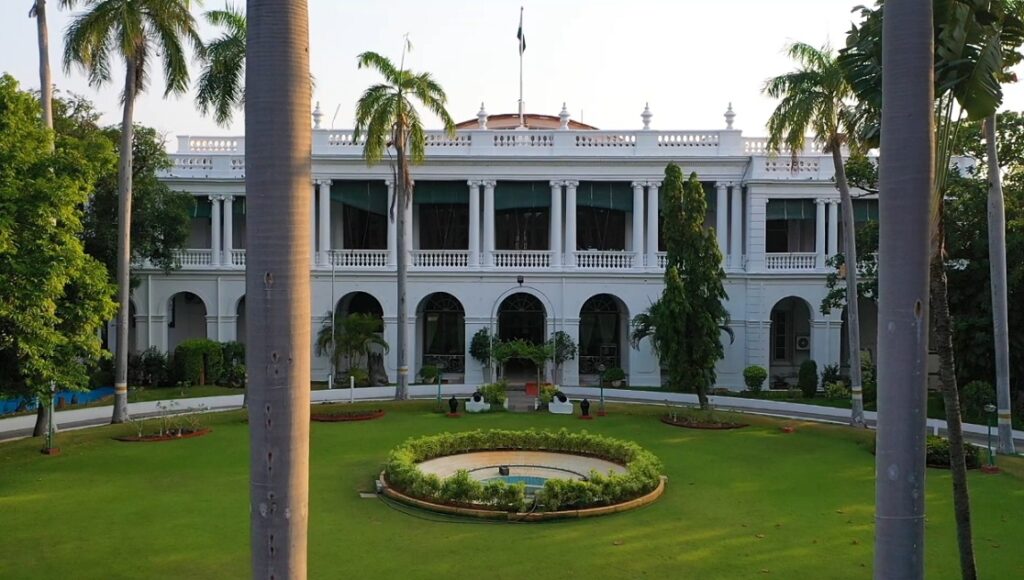
Also Read: Exploring the Cultural Tapestry: Raghurajpur Heritage Village
Exploring the Streets: Architecture and Ambiance
Refueled, I continued my wanderings of Pondicherry’s White Town, letting the streets dictate my path. White Town is compact—roughly a grid of 10 by 10 blocks—but every corner holds something new. I decided to spend a few minutes at Bharathi Park before furthering my white town tour. I sat in front of the Aayi Mandapam, also known as the Park Monument. It is a white structure built during the reign of Napoleon III, the Emperor of France. Located at the heart of the park, the monument marks the introduction of a water supply system to the city during the French colonial period.
It is named after a courtesan named Aayi, who selflessly demolished her own house to build a water reservoir that served the city’s needs. Just adjacent to the park is the majestic Raj Nivas, a grand colonial building which used to be the official residence of the Governors of French Pondicherry. Now it serves as the official residence of the Leutnant Governor of Pondicherry.
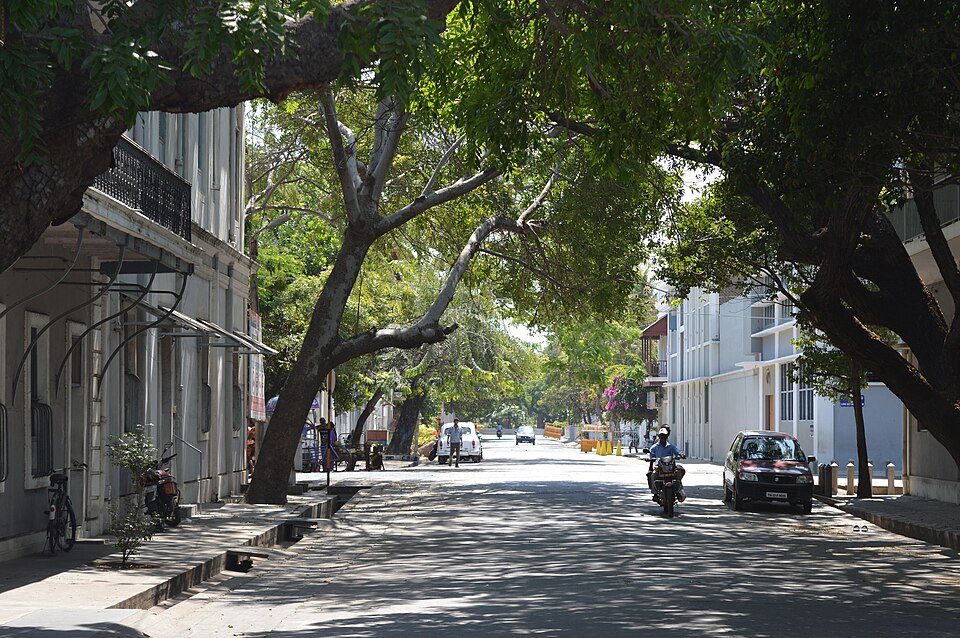
I passed the French Institute of Pondicherry, a research center housed in a stately building with red-tiled roofs and a lush garden. Further along, I stumbled upon the old French Consulate in the Rue de la Marine. The architecture was a constant delight. Some buildings were pristine, their pastel paint fresh and their gardens manicured. Others bore the marks of time—cracked plaster, peeling paint, vines creeping up walls. Yet even the decay felt poetic, as if the town wore its history proudly. I noticed small details everywhere: a carved wooden door, a brass knocker shaped like a lion’s head, a window with shutters painted in stripes of blue and white. Each house seemed to have a personality, a story waiting to be told.
I chatted with the locals who said that the local authorities maintain strict building regulations – new constructions must adhere to French architectural styles and cannot exceed two stories. Consequently, even modern additions to White Town’s landscape must harmonize with its historical character.
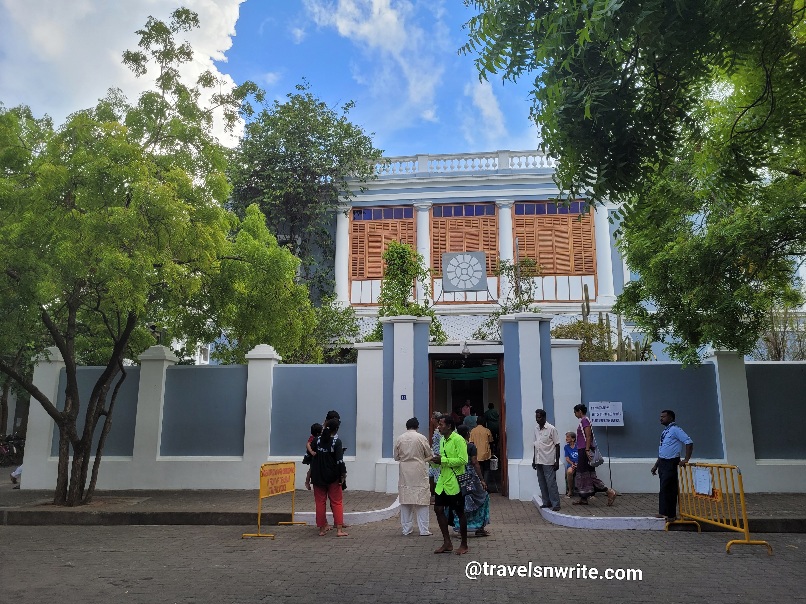
Must Read: Visiting Bhubaneswar? The Khandagiri and Udayagiri Caves are a Must-See
A Spiritual Detour: Sri Aurobindo Ashram
No visit to the city is complete without a nod to its spiritual side, and Pondicherry’s White Town is home to one of its most revered institutions: the Sri Aurobindo Ashram. Located on Rue de la Marine, the ashram is a quiet oasis amid the colonial streets. Founded in 1920 by Sri Aurobindo and his spiritual collaborator, “The Mother,” it’s a place of meditation and reflection, drawing seekers from around the world.
I entered through a simple gate, leaving my shoes at the door as a sign of respect. The courtyard was serene, with a marble samadhi (memorial) which houses the mortal remains of Sri Aurobindo and “The Mother,” covered in flowers at its center. Visitors moved silently, some sitting in meditation, others touching the flowers on the shrine. The air smelled of incense and roses, and the only sound was the rustle of leaves overhead. I spent a few minutes there, letting the calm wash over me. Whether you’re spiritual or not, the ashram’s tranquility is undeniable—a counterpoint to the lively streets outside.
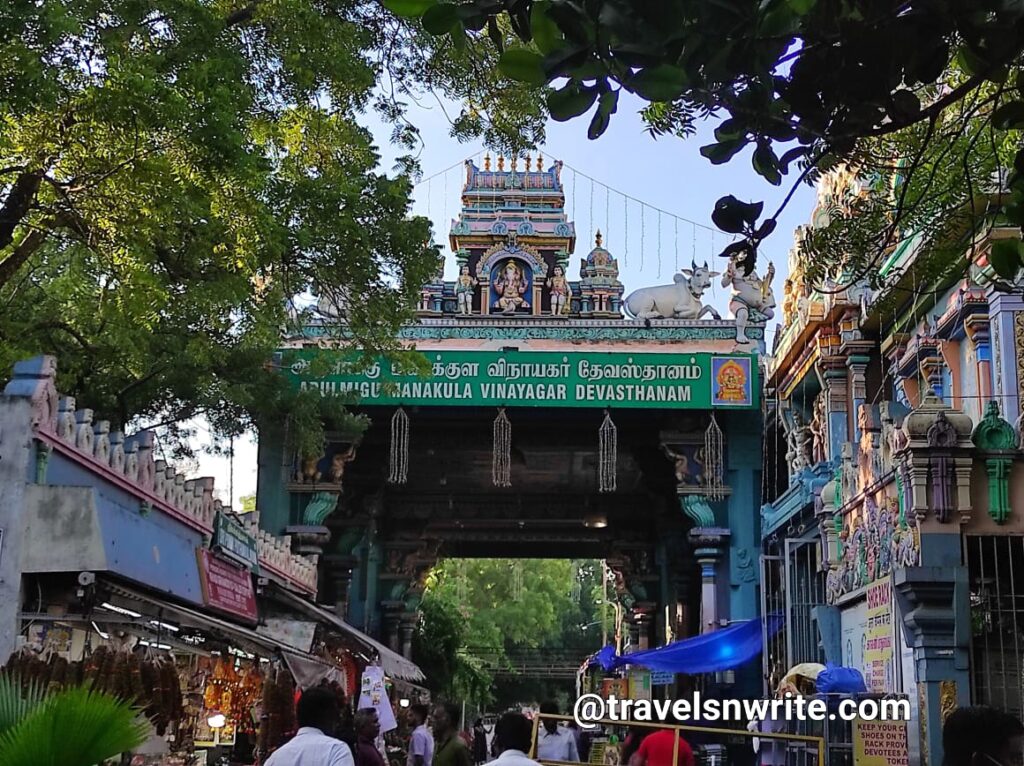
A few steps and I stopped to experience divinity at the most revered temple of Pondicherry—Manakula Vinayagar Temple, a shrine of Lord Ganesh. This time I couldn’t spot Lakshmi, the much loved elephant stationed outside the temple. I learnt that she had died. Adored by locals and tourists alike, Lakshmi became an iconic part of the temple’s spiritual experience.
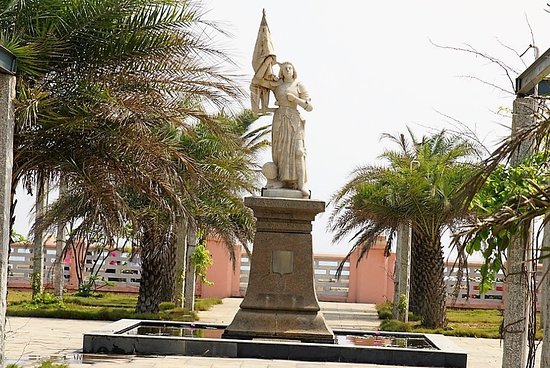
You may like this: A guide to must-visit places in Almora
Ending at Joan of Arc Park: A Moment of Reflection
As the afternoon waned, I made my way to my final stop. This brought me back to Notre Dame des Anges,( The Church of Our Lady of Angels). The front garden of the church is known as Joan of Arc Park. The park is a green haven in the heart of White Town. At its center stands a statue of Joan of Arc, her sword raised triumphantly, a gift from France in the 1920s.
I sat on a bench beneath a banyan tree, watching children play and couples stroll hand in hand. The park was surrounded by more colonial buildings, their facades glowing in the late afternoon light. From here, I could see the spire of Notre Dame des Anges peeking above the rooftops, a reminder of the morning’s journey. My legs were tired, but my mind was buzzing with the sights and sounds of White Town.
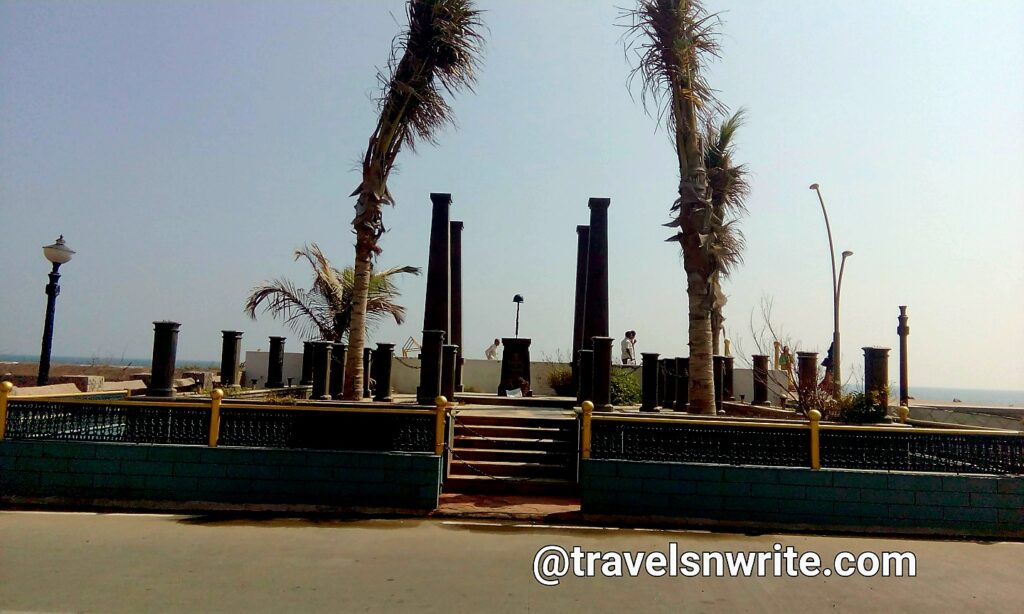
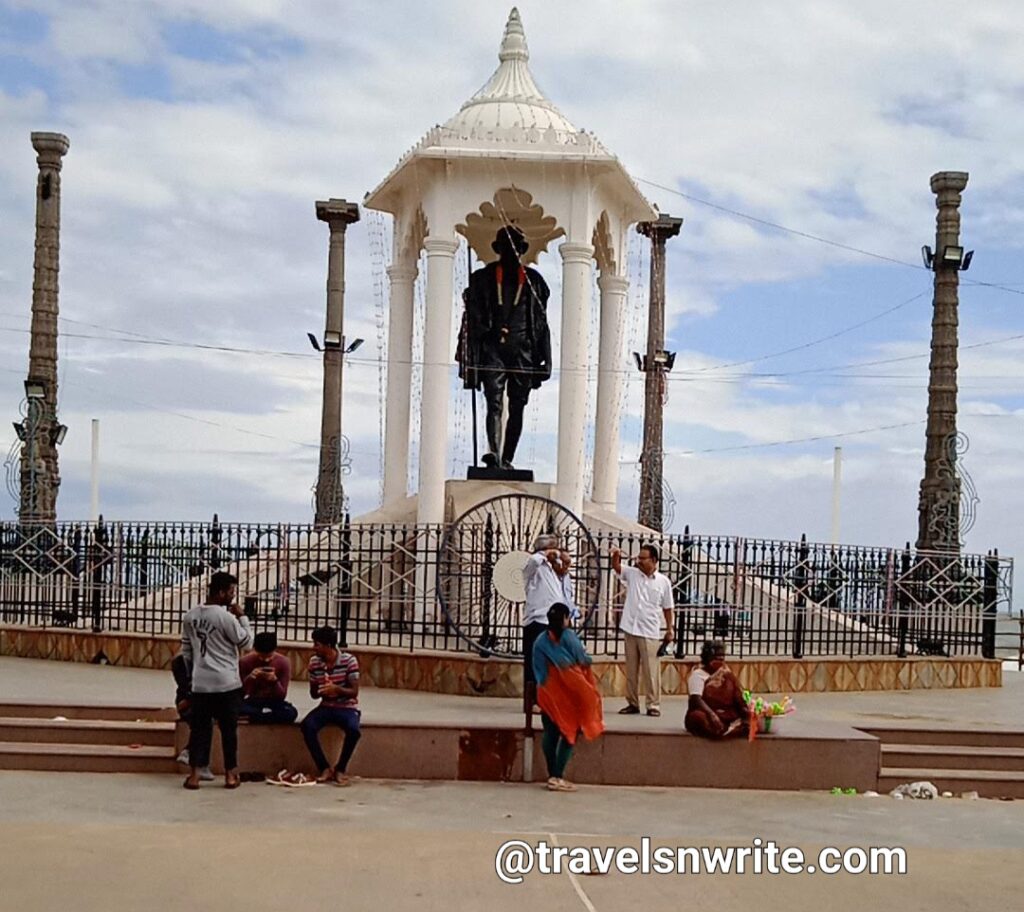
Tips for navigation and timing
Best Times to Walk:
- Morning hours: 7:00 AM to 11:00 AM
- Evening hours: 4:00 PM to 8:00 PM
Pack these essentials to make your walk comfortable:
- Comfortable walking shoes
- Water bottle
- Sunscreen and umbrella
- Camera for photography
- Light snacks
Winter months from November to March offer the most pleasant temperatures between 17-35°C. Breaking your walk into smaller segments with café stops helps you rest and lets you experience the quarter’s famous French-style establishments.
Early morning light creates perfect conditions to capture colonial architecture. The streets come alive in the evening as locals and visitors enjoy cooler temperatures
.
A strict itinerary might seem logical, but White Town’s most memorable moments often come from spontaneous exploration of its maze-like lanes. You can “ditch the map and start having fun trying to explore your way through this maze of criss-cross lanes”. Just keep the main landmarks in sight to stay oriented.
Also Read: Visiting Katarmal Sun Temple in the Kumaon
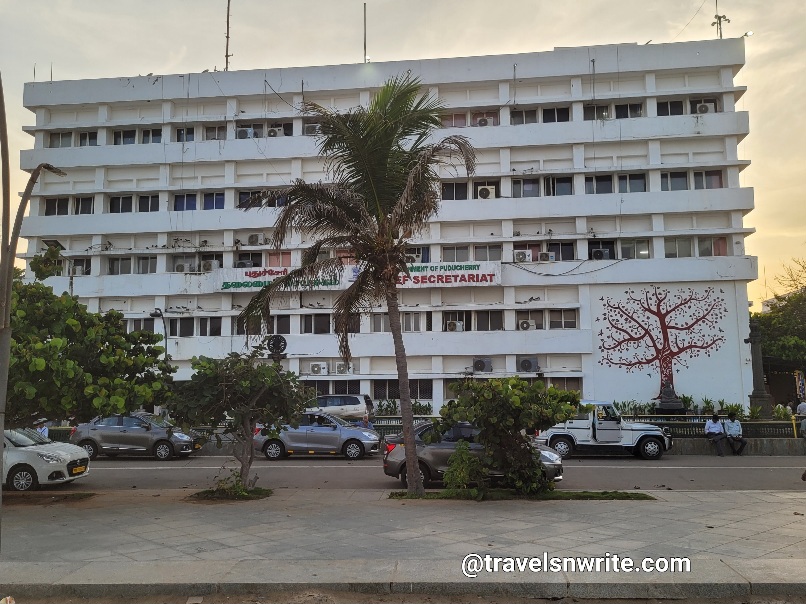

Final Thoughts
Walking through Pondicherry’s White Town is like stepping into a living postcard—one where every street corner tells a story of conquest, culture, and coexistence. It’s a place that invites you to slow down, to notice the details, to savor the blend of two worlds that shouldn’t fit together but somehow do. From the sea-kissed Promenade to the quiet courtyards of the ashram, my tour was a tapestry of moments—some grand, some fleeting, all unforgettable.
If you find yourself in Pondicherry, lace up your shoes and let White Town unfold before you. It’s a walk worth taking, a journey through time that lingers long after the last step.

